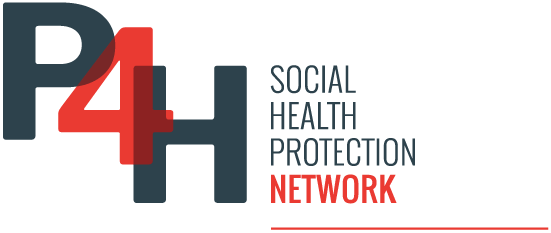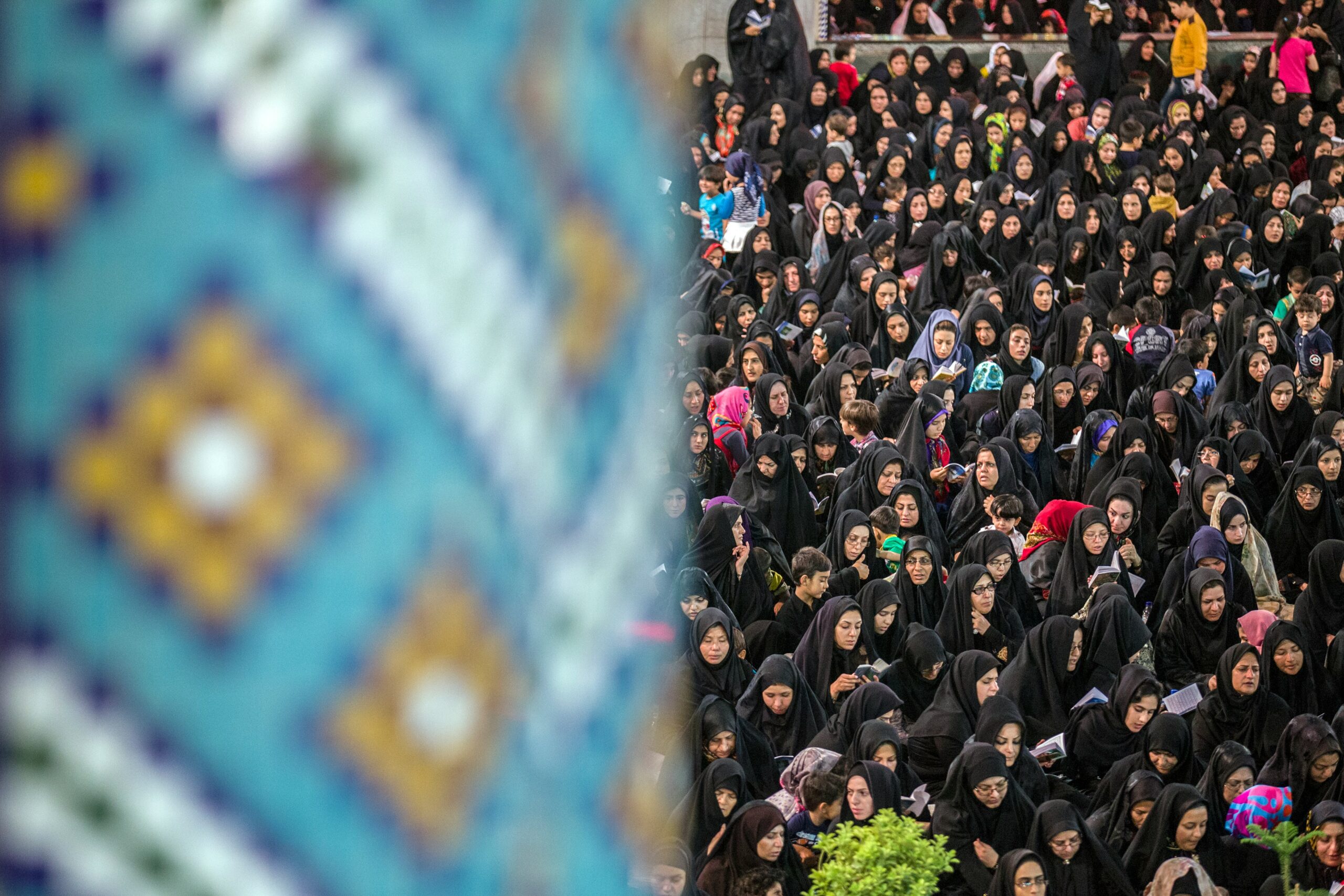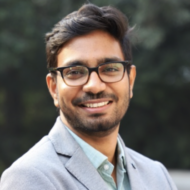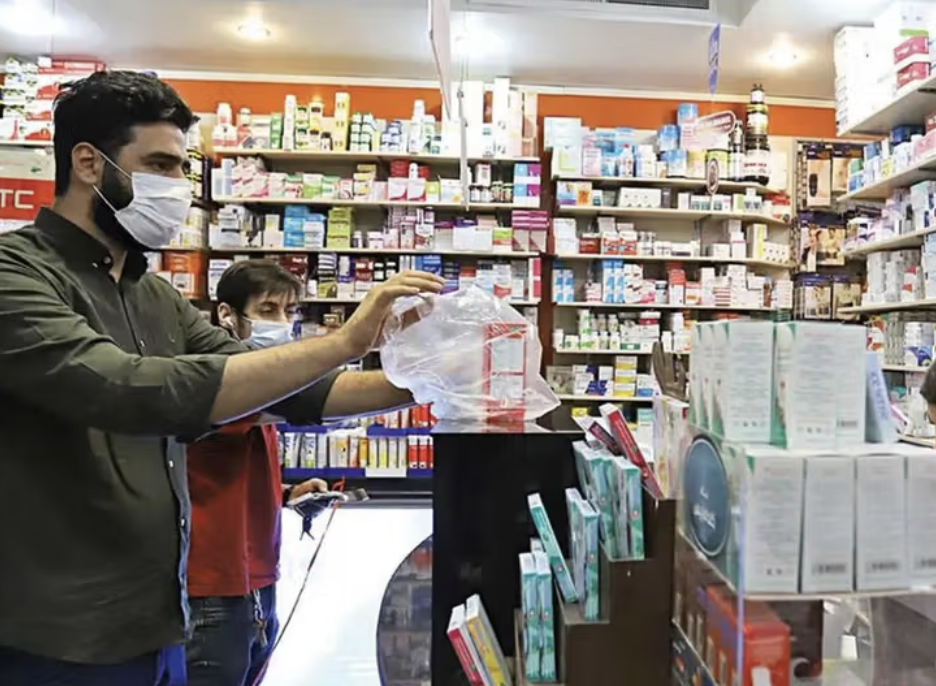Iran’s primary healthcare system features a robust network supported by community health workers and has successfully expanded urban services to address significant health challenges. The Health Transformation Plan initiated in 2014 has made substantial strides in covering over 90% of the population and reducing out-of-pocket expenditures.
The primary healthcare (PHC) system of Iran has garnered international recognition for its significant role in offering accessible and equitable health services, particularly to rural populations, since the 1980s. A distinctive feature of this system is the presence of Behvarz, community health workers who have been instrumental in shaping health outcomes across the country. The author was particularly impressed by the well-established urban PHC services, which catered to a population that had shifted predominantly to urban living, with over 70% residing in cities.
Despite facing resource constraints, urban PHC facilities provided a diverse mix of health professionals, including psychologists, nutritionists, and environmental health experts to address prevalent issues such as mental health disorders, obesity, and noncommunicable diseases. Although certain professions, like psychology, require additional training, many low- and middle-income countries can learn from Iran’s urban PHC model.
Iran’s health system is characterized by a unique integration of healthcare delivery and medical education. This relationship grants significant authority and responsibility to chancellors of over 60 medical universities, allowing them to manage comprehensive health services spanning primary to tertiary care. A salient aspect of the Iranian Ministry of Health is its leadership by academic health professionals, which leads to vibrant discussions and intellectual debates within the ministry—an uncommon feature in many health ministries. However, this academic focus can sometimes hinder effective management, as university faculty may not possess managerial expertise.
In 2014, inspired by Turkey’s Health Transformation Plan (HTP), Iran initiated its own HTP to enhance the quality and accessibility of healthcare services, particularly for vulnerable populations, and to reduce out-of-pocket health expenditures. Substantial financial resources were mobilized through earmarked value-added tax and oil revenues, amounting to several billion dollars. The HTP expanded coverage significantly, including comprehensive social health insurance schemes, while also investing in the construction and upgrading of health facilities with modern technology.
The Iranian government’s commitment to health spending is notable, with total expenditures reaching approximately $350 per capita—much higher than that of other low- and middle-income countries, including Thailand. Despite the considerable progress made through the HTP, certain challenges remained, such as the inability to clearly define an essential health services package, which led to unnecessary healthcare utilization. The reimbursement structure favored specialists, raising concerns regarding the sustainability of the HTP.
Health insurance entities operated under the Ministry of Social Affairs without aligning closely to the Ministry of Health’s policies, preventing a cohesive single-payer system like that implemented in Turkey. The issue of dual insurance schemes also complicated the situation, with a significant portion of the population insured under multiple programs.
By 2017, however, the HTP had successfully provided coverage to over 90% of the population, refurbished numerous healthcare institutions, and reduced out-of-pocket spending from over 50% to about 40% of total health expenditures—though it did not achieve the benchmark of less than 20% required for universal health coverage (UHC). These accomplishments reflect the Iranian leadership’s dedication to attaining UHC despite the challenges posed by international sanctions over the years.



